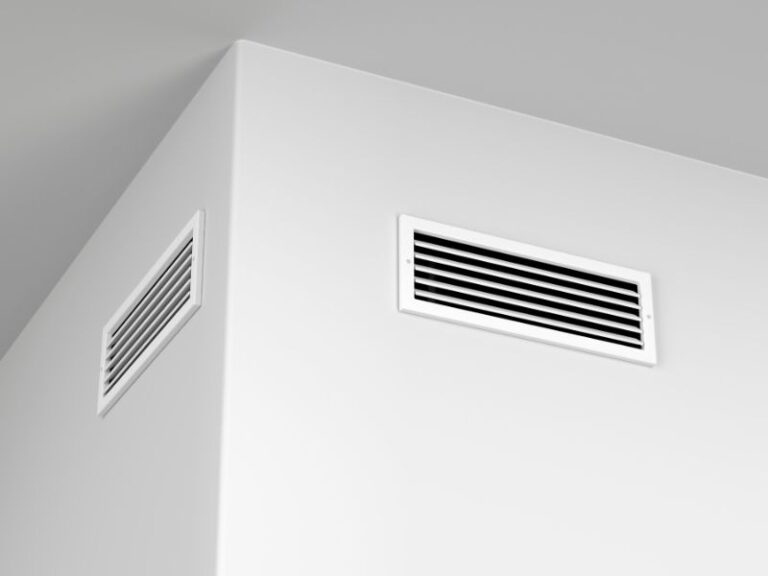When designing an HVAC system for a building, accurately calculating the cooling load is essential to ensure optimal performance, energy efficiency, and comfort. One of the most critical steps in this process is determining the heat gain from external sources like the sun and internal heat generated by the building’s occupants, equipment, and lighting. Three essential methods used to estimate cooling load in HVAC design are CLTD, SCL, and CLF.
In this comprehensive guide, we’ll break down what these methods are, how they work, and how they contribute to more accurate cooling load estimation for both residential and commercial HVAC systems.
What Are CLTD, SCL, and CLF?
1. CLTD (Cooling Load Temperature Difference)
CLTD refers to the Cooling Load Temperature Difference, a factor used to calculate the amount of heat gain due to solar radiation passing through windows or walls. It represents the difference in temperature between the outside environment (due to solar radiation) and the inside temperature of a building. This method is primarily used to determine the effect of direct sunlight on the cooling load of a space.
CLTD is calculated based on:
- Solar angle: The position of the sun in the sky at a given time of day and year.
- Orientation of windows: The direction in which windows face, which affects how much solar heat they receive.
- Shading: The presence of shading elements such as blinds or overhangs can significantly reduce the amount of solar heat entering the building.
- Window type and materials: The thermal properties of the window (e.g., single glazing vs. double glazing) affect how much heat is transferred into the room.
2. SCL (Solar Cooling Load)
SCL stands for Solar Cooling Load, which quantifies the total amount of heat that is introduced into a space by solar radiation. This method is essential for understanding how much cooling is required to offset the heat that penetrates the building due to solar exposure, and it is a key factor in the design of air conditioning systems for spaces with significant window area.
SCL is influenced by:
- CLF (Cooling Load Factor): This factor adjusts the SCL based on the time of day, time of year, and the specific characteristics of the building’s exposure to solar radiation.
- Window shading: The more shading or insulation there is, the less heat is introduced through the windows.
- Building orientation: Rooms that face east or west typically experience higher solar heat gain, making their cooling load higher than rooms facing north or south in many climates.
3. CLF (Cooling Load Factor)
CLF stands for Cooling Load Factor, which accounts for the time of day and the seasonal variations in solar intensity. The CLF modifies the SCL to reflect changes in solar radiation based on the time of day, the month, and geographical location. It provides an accurate way to calculate the cooling load on a seasonal basis, adjusting for the different amounts of sunlight each season receives.
The CLF factor is typically derived from charts or tables provided in ASHRAE (American Society of Heating, Refrigerating, and Air-Conditioning Engineers) guidelines or similar HVAC resources. These charts take into account:
- Time of day: The sun is more intense during midday, so the CLF will adjust accordingly.
- Time of year: During summer, solar intensity is higher compared to winter, so CLF increases in summer months.
- Geographical location: Locations closer to the equator will experience higher solar gain, requiring higher CLF values.
How CLTD, SCL, and CLF Work Together in Cooling Load Estimation
To accurately determine the cooling load for a building, engineers combine the CLTD, SCL, and CLF methods into one comprehensive formula. Here’s how they fit together:
- CLTD: The Cooling Load Temperature Difference is calculated first based on window orientation, type of glazing, shading, and solar angle. This gives the base temperature difference caused by solar radiation.
- SCL: Using the CLTD, the Solar Cooling Load (SCL) is then determined, quantifying the total amount of heat being added to the space through solar radiation.
- CLF: Finally, the Cooling Load Factor (CLF) is applied to the SCL to adjust for the time of day, seasonal changes, and geographical factors, ensuring an accurate cooling load estimate for the entire year.
By combining these three methods, you can account for both the direct heat gain from the sun and the seasonal fluctuations in solar intensity. This allows for more accurate sizing of cooling systems to ensure they perform efficiently throughout the year.
Why Accurate Cooling Load Estimation Matters
Accurately calculating the cooling load is essential for selecting the right HVAC system size, which in turn helps:
- Energy Efficiency: A properly sized system doesn’t waste energy by overcooling or running constantly. Systems that are too large or too small for the space consume more energy, driving up utility bills.
- Comfort: An accurately sized system ensures that indoor temperatures remain stable, providing a comfortable environment.
- System Longevity: Properly sized HVAC systems experience less wear and tear, leading to fewer repairs and longer service life.
- Cost Savings: Proper load calculation means you won’t overpay for equipment or energy. Accurate sizing ensures you only use what you need to maintain comfort.
How to Apply CLTD, SCL, and CLF in Practice
To apply these methods in the real world, HVAC professionals often use software tools and guideline tables that incorporate the CLTD, SCL, and CLF methods into one system. These tools simplify the process and ensure more accurate results than manual calculations.
For example, CoolCalc offers a cooling load calculation tool that integrates real-time weather data, local climate conditions, and detailed calculations for determining the optimal HVAC system size for your building. It helps you:
- Perform accurate load calculations based on CLTD, SCL, and CLF.
- Ensure proper system sizing, which improves energy efficiency, lowers costs, and ensures comfort.
By factoring in all the necessary elements—window type, solar exposure, geographical location, and seasonal variations—CoolCalc enables you to make better, data-driven decisions when designing HVAC systems for both residential and commercial properties.
Conclusion
The CLTD, SCL, and CLF methods are foundational to accurately estimating the cooling load of a building. They help HVAC engineers and professionals account for solar radiation, seasonal fluctuations, and geographic location, ensuring that the HVAC system is properly sized to meet the building’s needs. Understanding these methods not only ensures optimal energy efficiency but also contributes to cost savings, comfort, and system longevity.
Whether you’re designing a new system or upgrading an existing one, accurate cooling load estimation is essential. Tools like CoolCalc simplify the process and provide reliable calculations, ensuring that your HVAC system is both energy-efficient and effective.liver consistent comfort, reduce energy consumption, and lower operating costs for years to come.




